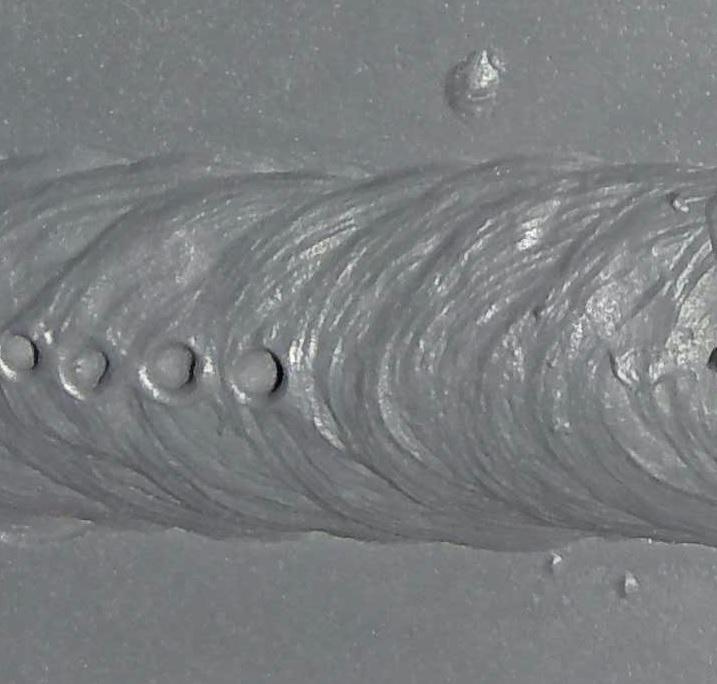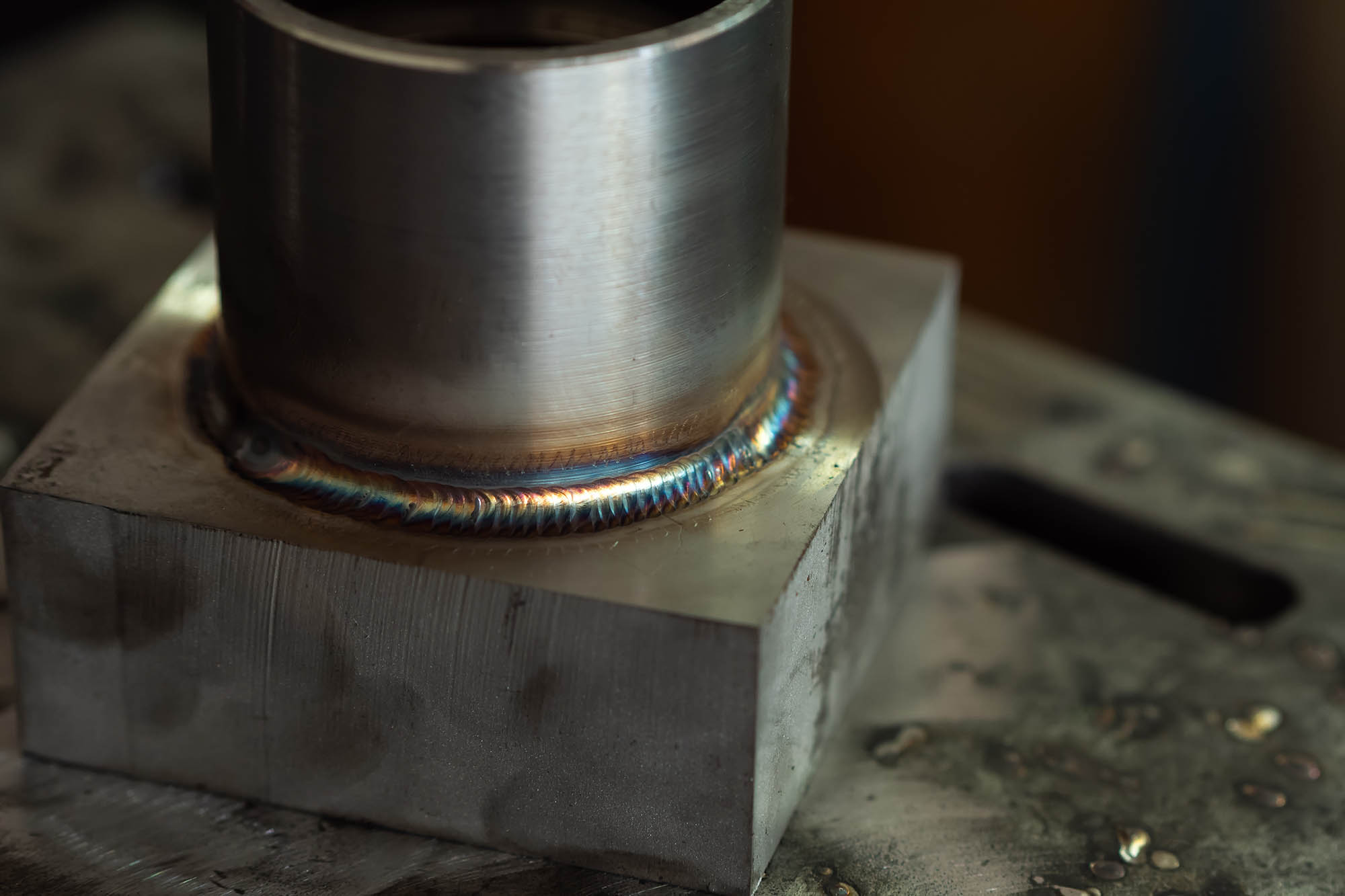What is Porosity in Welding: Best Practices for Avoiding Permeable Welds
Wiki Article
Understanding Porosity in Welding: Exploring Causes, Effects, and Avoidance Strategies
Porosity in welding is a persistent difficulty that can dramatically affect the top quality and stability of welds. As specialists in the welding market are well aware, understanding the causes, results, and prevention techniques connected to porosity is crucial for attaining durable and reliable welds. By diving right into the root triggers of porosity, analyzing its damaging impacts on weld high quality, and discovering effective prevention methods, welders can boost their understanding and abilities to generate top quality welds continually. The elaborate interplay of aspects adding to porosity calls for a detailed understanding and an aggressive approach to guarantee successful welding outcomes.Common Reasons of Porosity
Contamination, in the type of dirt, oil, or corrosion on the welding surface, creates gas pockets when heated up, leading to porosity in the weld. Incorrect shielding takes place when the shielding gas, commonly made use of in processes like MIG and TIG welding, is incapable to fully protect the molten weld pool from responding with the surrounding air, resulting in gas entrapment and subsequent porosity. In addition, inadequate gas coverage, often due to incorrect circulation prices or nozzle positioning, can leave components of the weld unsafe, enabling porosity to develop.Results on Weld Quality
The visibility of porosity in a weld can substantially compromise the general top quality and integrity of the bonded joint. Porosity within a weld produces spaces or tooth cavities that compromise the structure, making it extra susceptible to fracturing, corrosion, and mechanical failing.Furthermore, porosity can hinder the efficiency of non-destructive screening (NDT) techniques, making it testing to discover other problems or gaps within the weld. This can lead to substantial safety and security problems, especially in crucial applications where the structural honesty of the welded parts is extremely important.

Avoidance Techniques Review
Provided the harmful effect of porosity on weld high quality, effective avoidance methods are essential to preserving the architectural stability of welded joints. Among the key prevention methods is thorough cleaning of the base products prior to welding. Contaminants such as oil, oil, corrosion, and moisture can add to porosity, so making certain a clean work surface area is essential. Appropriate storage of welding consumables in dry problems is additionally crucial to prevent moisture absorption, which can result in gas entrapment throughout welding. Additionally, selecting the ideal welding criteria, such as voltage, present, and take a trip rate, can help decrease the threat of porosity formation. Making certain sufficient securing gas circulation and coverage is another critical prevention technique, as insufficient gas coverage can lead to climatic contamination and porosity. Appropriate welder training and certification are necessary for implementing precautionary measures properly and consistently. By incorporating these avoidance strategies right into welding practices, the occurrence of porosity can be dramatically minimized, resulting in stronger and more reputable welded joints.Value of Correct Shielding
Proper protecting in welding plays a critical duty in avoiding atmospheric contamination and ensuring the stability of welded joints. Protecting gases, such as argon, helium, or a blend of both, are frequently used to secure the weld pool from reacting with aspects airborne like oxygen and nitrogen. When these responsive elements come right into contact with the hot weld swimming pool, they can cause porosity, resulting in weak welds with reduced mechanical residential properties.
Insufficient securing can lead to different defects like porosity, spatter, and oxidation, compromising the structural stability of the bonded joint. As a result, sticking to great site proper shielding methods is important to generate top notch welds with minimal problems and ensure the longevity and integrity of the welded components (What is Porosity).
Tracking and Control Methods
Just how can welders successfully check and manage the welding procedure to ensure optimum outcomes and avoid problems like porosity? By continuously keeping track of these variables, welders can determine variances from the optimal conditions and make prompt modifications to protect against porosity development.
Additionally, executing correct training programs for welders is vital for monitoring and regulating the welding procedure effectively. What is Porosity. Enlightening welders on the importance of maintaining consistent specifications, such as correct gas protecting and take a trip rate, can aid avoid porosity concerns. Routine analyses and accreditations can also ensure that welders excel in tracking and regulating welding procedures
Additionally, the usage of automated welding systems can boost surveillance and control abilities. These systems can specifically regulate welding criteria, minimizing the possibility of human error and making sure constant weld quality. By incorporating innovative tracking technologies, training programs, and automated systems, welders can effectively check and manage the welding process to reduce porosity defects and attain premium welds.
Conclusion

Report this wiki page